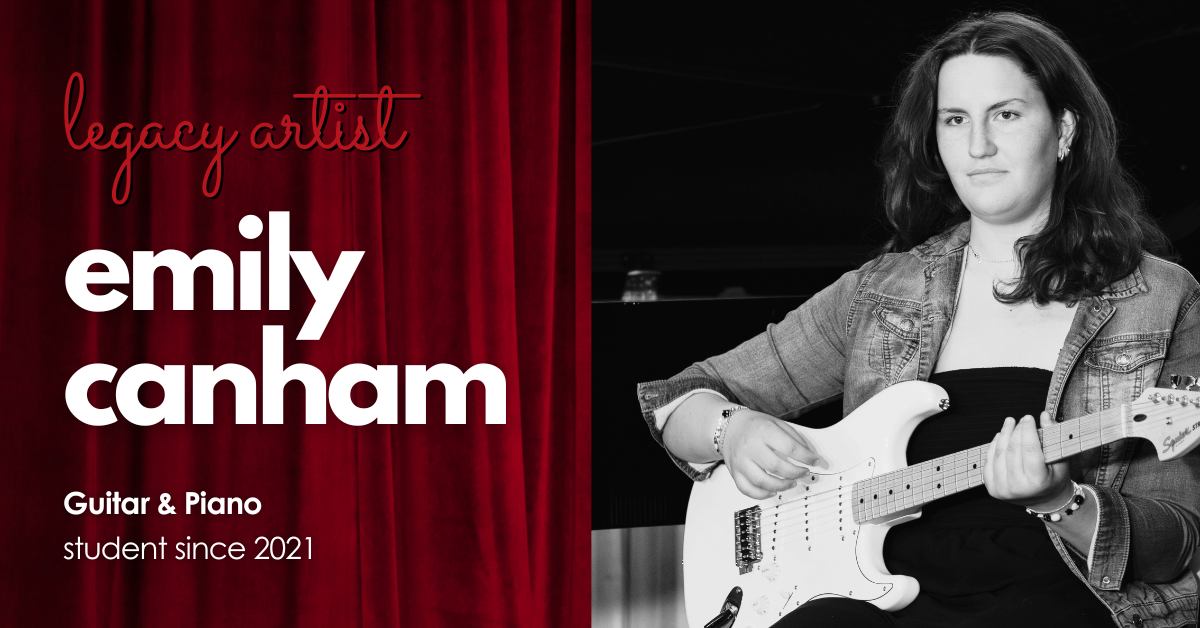By Mindy Cabral, The Magazine of Santa Clarita, November 2014 issue
There are hundreds of different musical instruments, so how do you choose which one to play? Consider the age, size, and experience of the student learning. This will help you to choose an instrument appropriate for their physical abilities and attention span. Also think about what styles of music you like, how much practice time you will have, and how you would like to learn to play the instrument. There are many different teaching styles, approaches, and methods. How much money do you want to spend on the instrument and lessons?
The most important question is why you want to learn to play an instrument. Let’s begin there. Is it for enjoyment, to play in a band or orchestra, to perform on stage, or is it something you always wanted to do but never got around to. Maybe you want your children to learn music because of the research you’ve heard about on how music can help with brain development and academics.
Whatever the reason, it’s important to understand why you are making the decision to play an instrument because you are going to have to practice to get good, and practice consistently with focus and concentration to be great. When you get frustrated playing the same thing over and over you will remember why you are doing it and the time spent will be worth it.
The experience and process of learning music and how to play an instrument is also very important. Key factors of your musical experience include: the environment for learning, practicing, and performing, your music teacher, your friends (kids and adults care about what their friends think and do), and having performance and advancement opportunities available to help remain motivated. Music should make you feel good, happy, proud, and be fun!
Some of the most popular instruments include: piano, guitar, drum set, voice, violin, flute, and saxophone. These instruments are ones people are most familiar with from popular music, and have a “cool” image that attracts new players. Most of these instruments are great to start with, but remember it’s OK to change instruments, or add a second instrument later if your interests change or expand.
It seems that more and more music students are learning to play multiple instruments. Starting on an instrument that easily produces sound and is visual can help students develop a solid musical understanding. Once a strong foundation for basic musical concepts has been established, students can learn to play other more complicated instruments more easily.
To find out more about which instrument is right for you, contact the friendly staff at Little School of Music: 661-222-2239
Copyright 2014 Mindy Cabral



